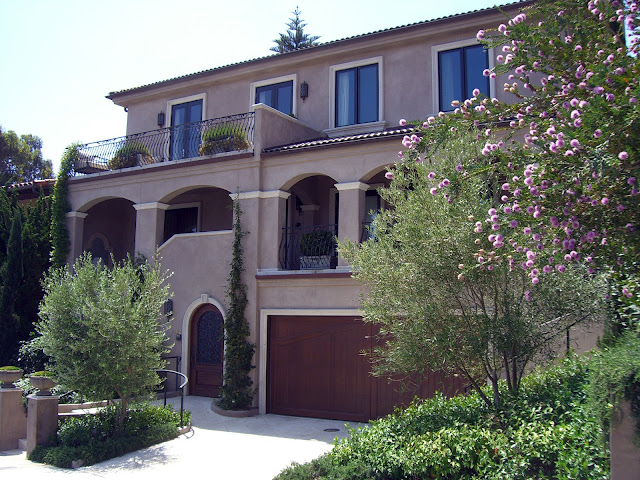Try taking a
walk outside in your neighborhood. You'll probably notice that Southern
California has a growing penchant for succulents, and for good reason. These
colorful and sculpturally fascinating plants thrive in dry climate conditions
making them suitable for Southern California weather. Not to mention they are
easy to care for.
Succulents flourish in desert conditions due to their fleshly leaves and stems that retain moisture. They may be low maintenance, but like any tended plant they require attention. Tania Gybels of Environmental Concept provides a few helpful and essential guidelines on maintaining a lush succulent garden. Succulents do not need frequent watering or good soil. However they do require adequate drainage to maintain the soil's dryness in between watering. This will successfully recreate the arid climate that succulents blossom upon. They enjoy basking in the sun and can tolerate the shade. It is imperative to stay cautious of water usage when leaving succulents in the shade.
Pots can be great homes for any succulent, and they will benefit from the visually striking appearance of these plants. The abstract colors and shapes of succulents can create a defined border for landscapes. Yucca, Agave, and Aloe are great additions that will complement a succulent landscape. These plants have a desert flair and are a hip addition to any California home or landscape.
Founded in 1992, Environmental Concept provides landscape design and installation services to the finest residential and commercial properties in Southern California. Environmental Concept has completed projects for the Spelling Mansion, Dustin Hoffman, Roland Emmerich, 3.1 Philip Lim Boutique, the Ambrose Hotel, Sunset Millennium Shopping Center, Hotel Casa del Mar and the Aquarium of the Pacific. Environmental Concept has been featured on HGTV and Oprah. For more information about Environmental Concept visit www.envconcept.com




























